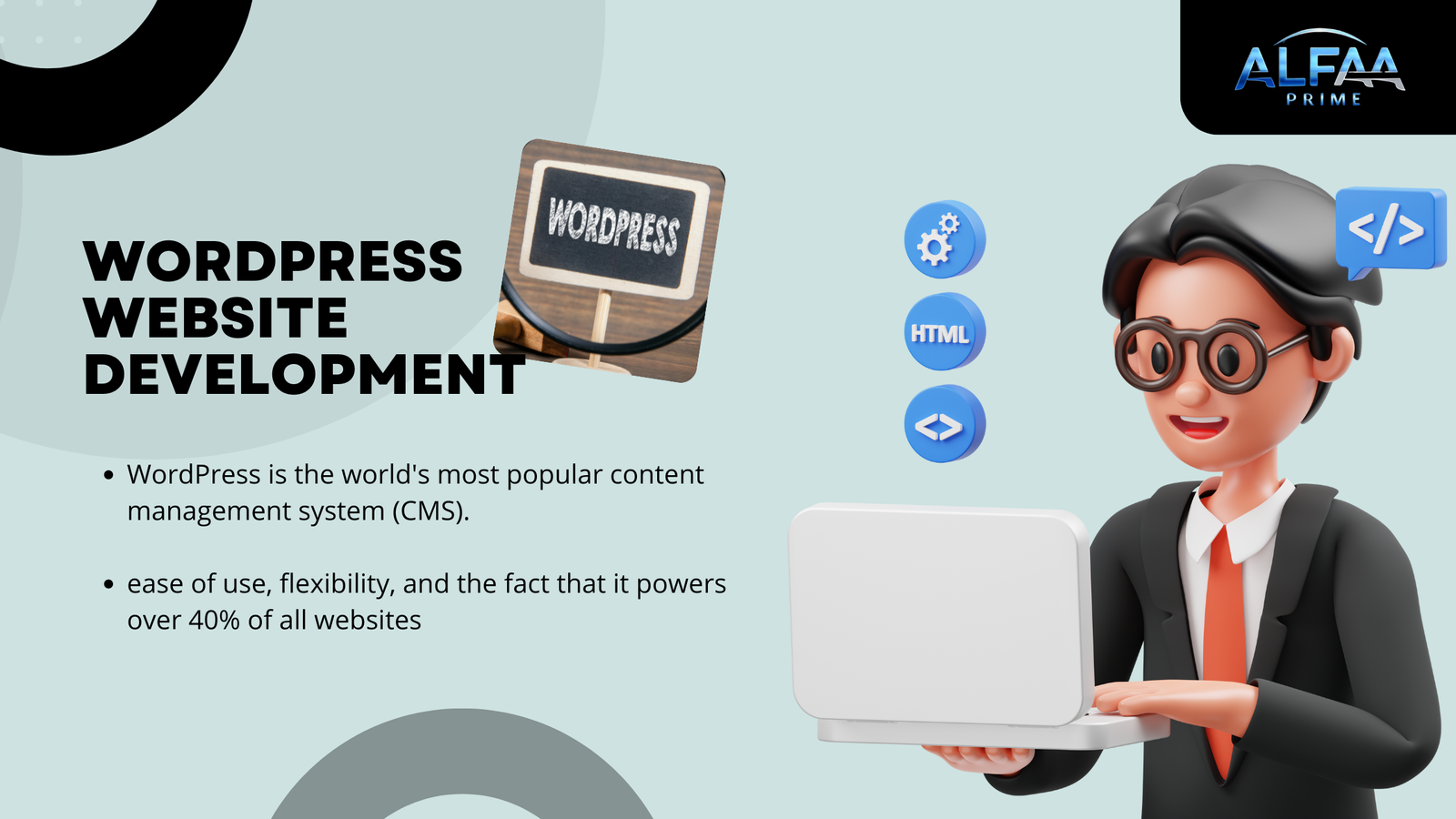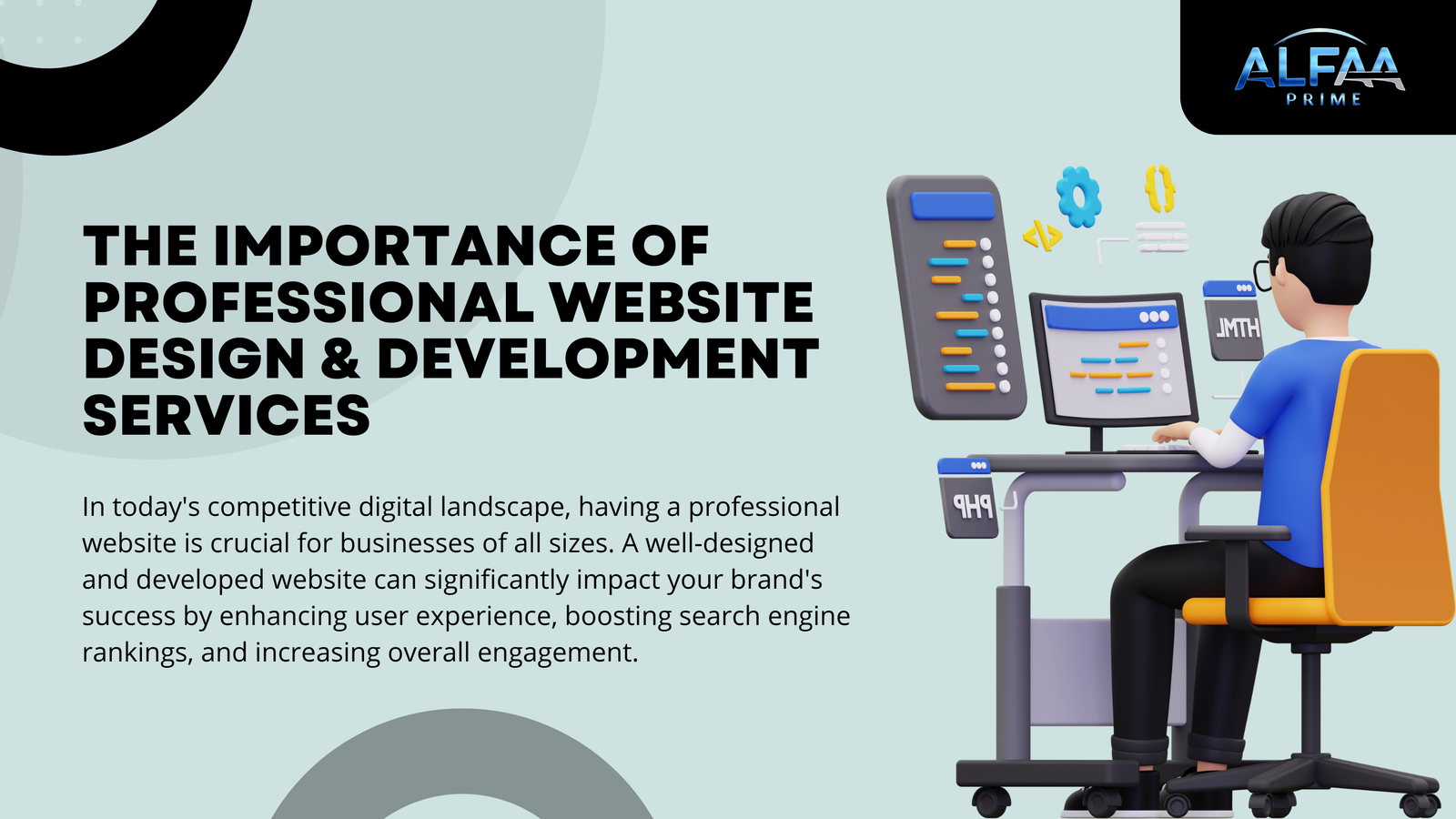Introduction

WordPress has transformed the way websites are built and managed, making it accessible for everyone, from seasoned developers to complete beginners. With its user-friendly interface and vast customization options, WordPress has become the go-to platform for website development. This guide will walk you through the essentials of WordPress website development, helping you understand why it’s so popular and how you can leverage it for your own projects.
1. What is WordPress?
WordPress is an open-source content management system (CMS) that allows users to create and manage websites easily. Initially launched as a blogging platform in 2003, WordPress has evolved into a full-fledged CMS that powers over 40% of all websites on the internet. Its flexibility and scalability make it suitable for everything from personal blogs to complex e-commerce sites.
2. Key Features of WordPress
User-Friendly Interface: WordPress is designed to be intuitive, making it easy for anyone to create and manage content without needing coding knowledge.
Themes and Plugins: The platform offers thousands of free and premium themes and plugins that allow you to customize your website’s appearance and functionality to suit your needs.
SEO-Friendly: WordPress is built with SEO in mind, offering various tools and plugins to help your site rank better on search engines.
Responsive Design: Most WordPress themes are responsive, meaning your website will look great on any device, whether it’s a desktop, tablet, or smartphone.
3. Getting Started with WordPress Website Development
Choosing a Domain and Hosting: Your domain name is your website’s address, and your hosting is where your website’s files are stored. Several hosting providers offer one-click WordPress installations, making it easy to get started.
Installing WordPress: Once you’ve secured your domain and hosting, installing WordPress is straightforward. Most hosting providers offer a simple installation process.
Selecting a Theme: Choose a theme that aligns with your website’s purpose and design preferences. Themes control the overall look and feel of your site.
Adding Plugins: Plugins extend the functionality of your WordPress site. Whether you need a contact form, SEO tools, or e-commerce capabilities, there’s a plugin for that.
4. Customizing Your WordPress Website
Personalizing Your Theme: Use the WordPress Customizer to tweak your theme’s settings, including colors, fonts, and layouts.
Creating Content: Start adding content to your site by creating pages and posts. WordPress’s editor is easy to use and allows you to format text, add images, and embed videos.
Optimizing for SEO: Install an SEO plugin like Yoast to optimize your content for search engines. This includes setting meta titles, descriptions, and using keywords effectively.
5. Best Practices for WordPress Website Development
Regular Updates: Keep WordPress, themes, and plugins updated to ensure your site’s security and performance.
Backup Your Site: Regularly back up your website to avoid data loss. There are several plugins available to automate this process.
Monitor Performance: Use tools like Google Analytics and performance plugins to track your website’s speed and visitor behavior.
Conclusion
WordPress website development offers endless possibilities for creating a site that meets your specific needs. Whether you’re building a personal blog, a portfolio, or an online store, WordPress provides the tools and flexibility to bring your vision to life. With its powerful features and supportive community, getting started with WordPress is a smart choice for anyone looking to establish an online presence.
if you’re looking for a WordPress Website Developer, please contact us.



